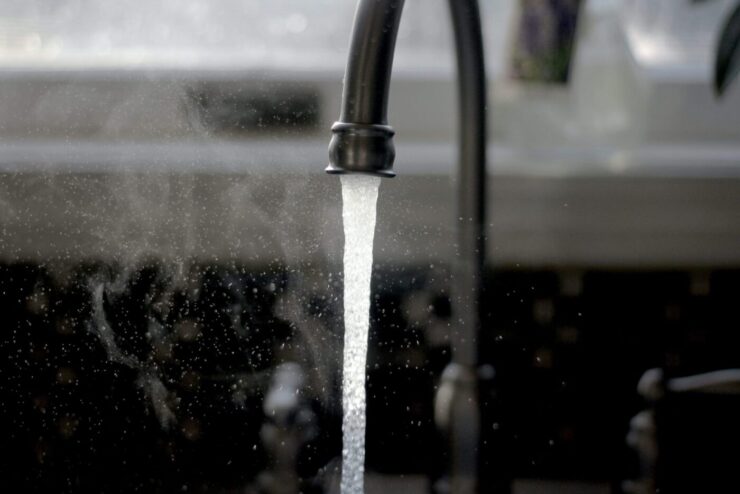The public’s understanding and worry about legionella bacteria and the threats they pose has grown dramatically in recent years. With a rising number of cases reported worldwide, companies and individuals alike have realised the significance of undertaking frequent legionella risk assessments to protect the safety and well-being of their occupants.
Understanding Legionella Risk Assessments

Legionella bacteria can be found in a variety of water sources, including cooling towers, hot water systems, and even plumbing installations. Contaminated aerosols, when inhaled, can induce Legionnaires’ disease, a potentially fatal form of pneumonia. As a result, the value of performing regular legionella risk evaluations cannot be emphasised.
A legionella risk assessment comprises a thorough inspection and study of a building’s water systems in order to identify potential sources and dangers associated with legionella growth. The evaluation takes into account elements such as system design, maintenance practises, water treatment techniques, and others. The goal is to gain a thorough understanding of the potential hazards and make recommendations for effective risk management and prevention methods.
Factors Influencing the Cost

Cost Influencing Factors
A number of factors influence the overall cost of a legionella risk assessment in 2024. These could include:
Building size and complexity: Larger buildings or those with complex water systems will often necessitate more time and resources to adequately assess.
The cost may vary based on the amount and type of water systems existing in the building, such as cooling towers, hot water systems, spa pools, and so on.
Access to documentation and historical data: The availability and correctness of existing paperwork and maintenance records might influence the amount of time and effort necessary to complete the assessment.
Assessor qualifications and expertise: The fee may vary depending on the experience and credentials of the assessors performed.
While the cost of a legionella risk assessment may vary, the value that such an examination can bring should be considered. Investing in a legionella risk assessment has various benefits:
Regulation compliance: Many nations have regulations in place that require frequent legionella risk assessments for particular types of buildings. Meeting these guidelines assists organisations in avoiding legal ramifications while also demonstrating a commitment to tenant or employee safety.
Early detection and prevention: A thorough assessment assists in identifying potential dangers prior to an outbreak, allowing for timely preventative steps and minimising the likelihood of an outbreak.
Protection of building occupants’ health: Conducting regular evaluations preserves building occupants’ health and well-being by reducing their exposure to the risk of Legionnaires’ disease.
Business reputation and peace of mind: Demonstrating a dedication to safety not only improves a company’s reputation but also gives clients, customers, and employees peace of mind.
Conclusion

As public knowledge of legionella concerns grows, the cost of a legionella risk assessment may vary in 2024, depending on factors such as building size, complexity, water systems, and the assessors’ competence. The value that these assessments bring in terms of compliance, early detection, prevention, and occupant health, on the other hand, makes them a desirable investment for any institution.
When the potential legal, financial, and reputational ramifications of failing to undertake legionella risk assessments are considered, the cost of doing them is a minor price to pay for the safety and well-being of people within a building.

